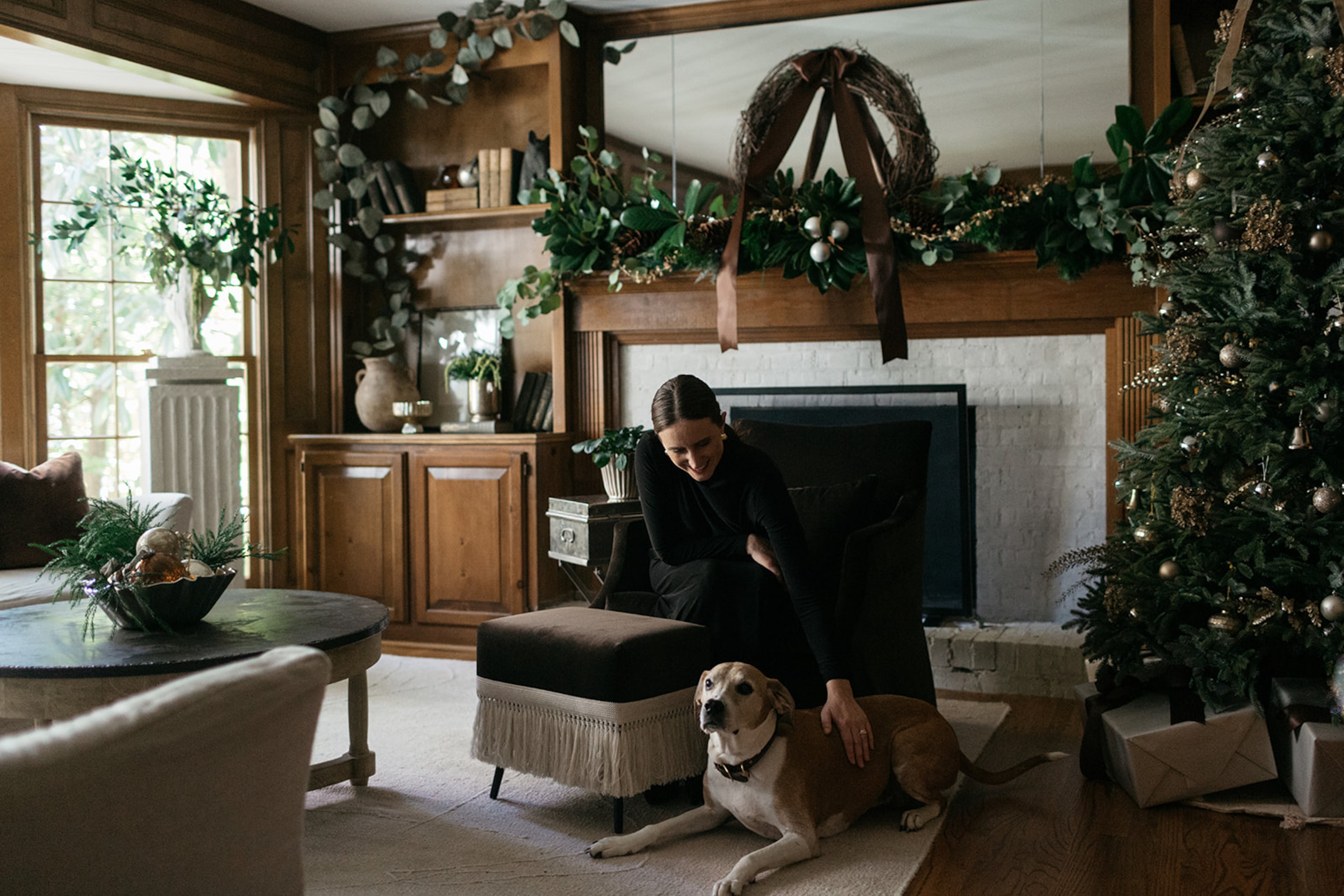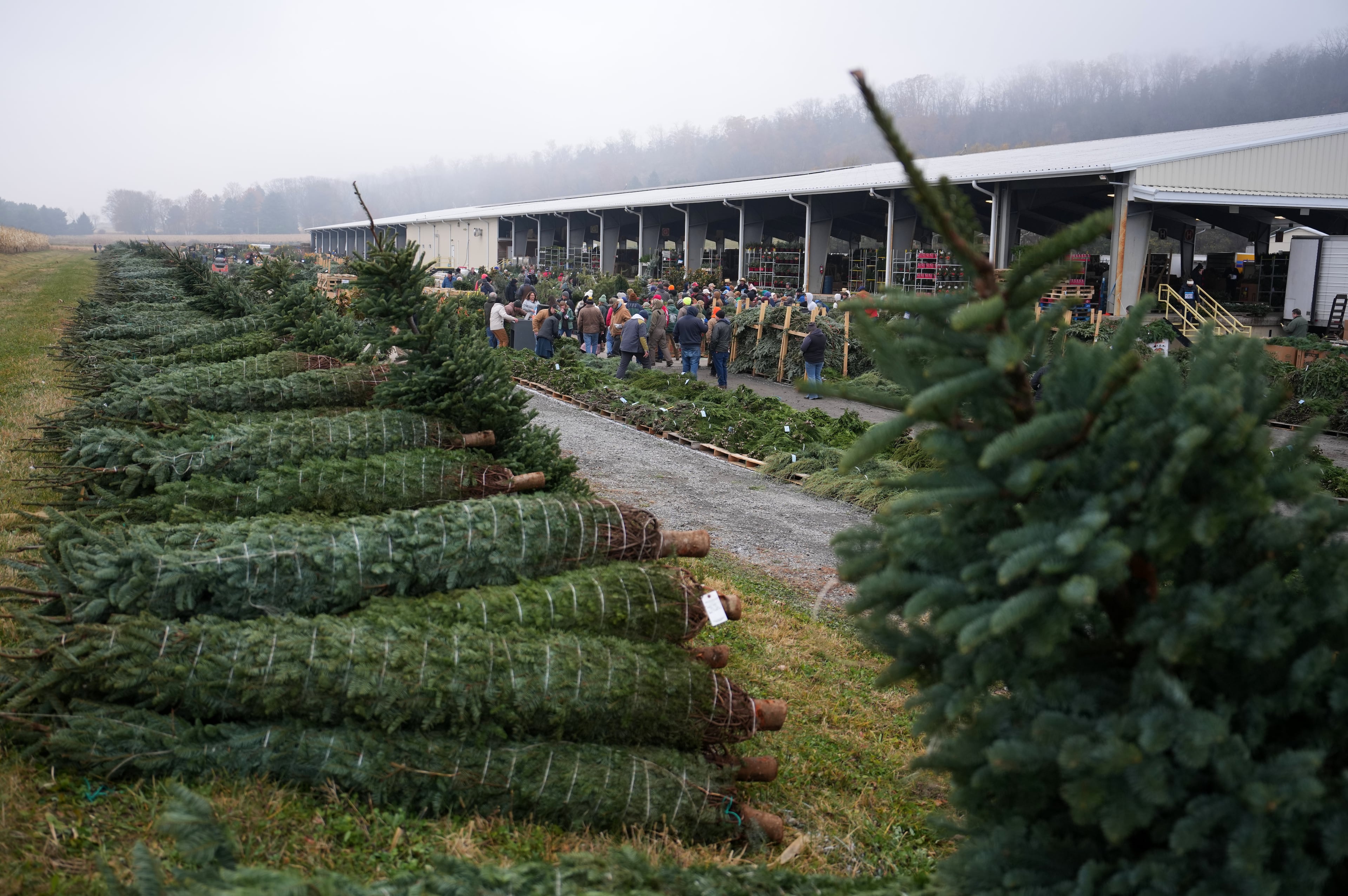Christmas trees 101: Pros, cons and what experts recommend

Choosing a Christmas tree used to feel simple. Pack up the car, drive to the lot, find the tree that calls you and then haul it home to decorate. But with lifelike artificial trees everywhere (and holiday schedules busier than ever), more people are asking themselves the annual December question: real or artificial this year?
Both bring plenty of cheer once they’re glowing in your living room, but each comes with its own perks depending on your space, budget and traditions. Here’s what local experts say to keep in mind before picking your holiday centerpiece.
Real Trees
A built-in tradition
There’s a reason the real-tree crowd is so loyal. The whole experience — the hunt, the smell, the moment you bring it inside — feels like the unofficial start of the season.
Designer Maggie Mathews Wingo told The Atlanta Journal-Constitution in an interview that her family has “so much fun selecting it, and each year, it becomes like a new member of the family.” For many, that ritual is part of the holiday magic.
The scent
Candles and diffusers try, but the scent of a real evergreen is unmatched. If aroma is a big part of your holiday vibe, real may be your winner.
“I couldn’t do Christmas without the scent and personality of a real tree,” said Wingo.
Care is easier than you think
Freshness starts on the lot. Matt Bowman, founder of Tradition Company, recommends the simple Needle Test:
“Run your hand along a branch or grab a few needles and pull them toward you. If it’s a fresh tree, only a few needles will come off,” he told the AJC.
Real trees sometimes get a reputation for being messy, but Bowman says most of that comes down to hydration. Before you bring it inside, “trim another ½ — 1 inch off the base.” That opens the “xylem and the phloem,” which act as the tree’s veins. Big trees can drink “over a gallon a day,” so a quick water check every morning is key.
He also cautions against placing the tree near heat vents, radiators, fireplaces or direct sunlight, all of which can cause it to dry out faster. And don’t rush the decorating.
“Many people don’t let the tree ‘settle’ before decorating,” Bowman says. Give it 24-48 hours for the branches to relax — and your ornaments will sit better, too.
Eco-friendly and easily recycled
Communities across the country recycle real Christmas trees in a variety of ways. Because real trees are completely biodegradable, they can take on a second life as mulch, erosion barriers or wildlife habitats after the holidays.
Many cities provide curbside pickup during the first two weeks after Christmas, and most counties set up free drop-off sites where crews chip the trees into mulch.
Artificial Trees
Budget-friendly in the long run
While faux trees can require a larger upfront cost, you’ll use them year after year — making them more economical over time. They’re also available year-round, including during off-season sales, so you don’t have to wait or battle crowds.
Endless styles
One major perk of going artificial is the sheer variety: tall and skinny, full and dramatic, slim for tight corners, pre-lit, color-changing or even bubblegum pink if that’s your holiday personality.
You can also find “flocked” trees — those snowy, frosted styles that look like they were just pulled from a winter movie set.
High convenience
If your December calendar is already packed, an artificial tree delivers hard-to-beat convenience. You set it up once, and it stays put — no watering, no shedding and nothing to manage until you’re ready to pack it away. It can stay up through New Year’s (or longer) without drying out or becoming a safety concern.

Fire-resistant
Artificial trees are designed not to dry out, and many are made with fire-retardant materials — a big plus if safety is top of mind and one reason they’re generally considered safer than real trees.
However, “fire-retardant” doesn’t mean fireproof. Plastic branches can still melt or ignite if they sit too close to heat sources, and electrical issues with pre-lit trees can create their own risks, according to the Burn and Reconstructive Centers of America.
Design tips for either tree
Make it look fuller
Fullness instantly makes any tree feel more luxe. Eryn Houck of Bellwether Design & Interiors suggests oversized ornaments to balance everything.
“Adding in some larger ornaments can effectively fill in gaps and create a sense of cohesion,” she told the AJC.
Floral picks and botanicals work, too: “They allow you to tie in other design elements, colors, and can make your tree feel full and thoughtfully designed.”
Blend faux with fresh
Wingo swears by Magnolia leaves.
“Magnolia leaves make a holiday vignette, tree, garlands, mantles feel luxe and really special.”
She layers in pinecones, dried hydrangea, citrus, berries — whatever natural touches speak to you. Her motto: the more texture, the better.
Let each room be its own moment
Holiday decor doesn’t need to match from room to room.
“Have a little fun with your holiday decor. Think about each of your rooms being their own moment; it doesn’t have to all match,” said Wingo.
Unexpected pops — ribbons, fruit, dried orange slices — add charm and personality. Plus, “They last!” she adds.
Real or faux, there’s truly no wrong answer. Pick whichever helps you create the kind of holiday season you want this year. Cozy, fun, low-stress, glamorous, nostalgic or all of the above.


